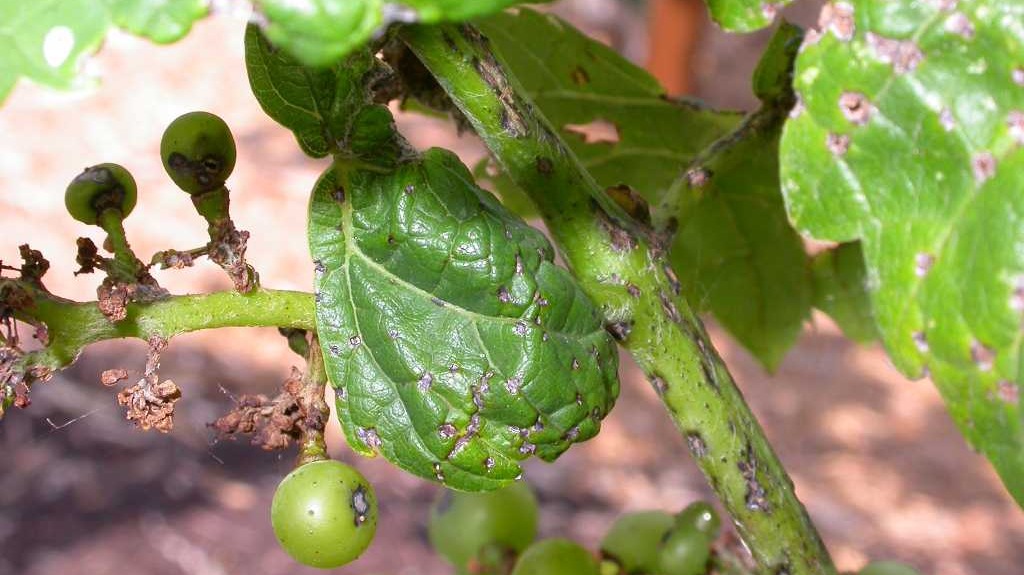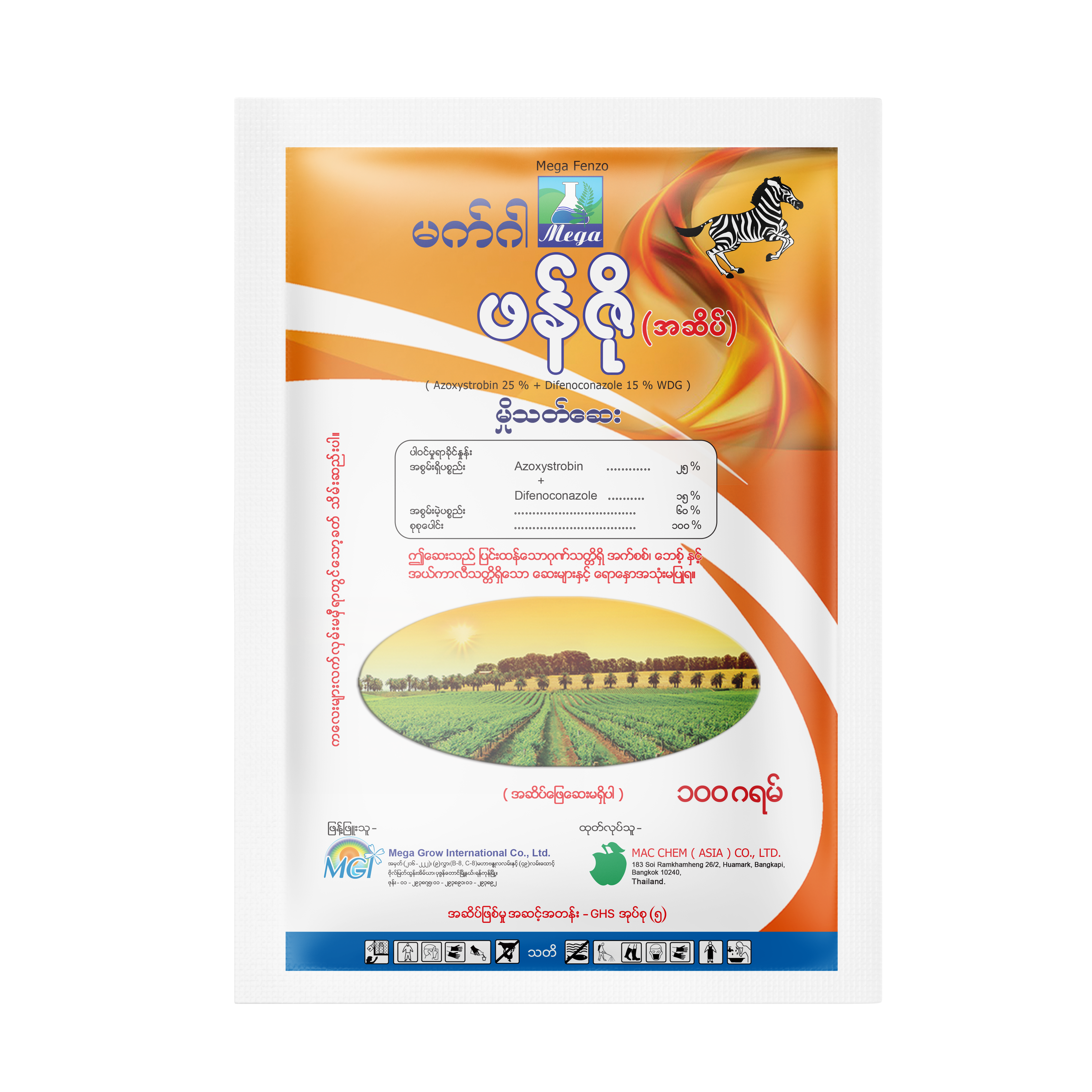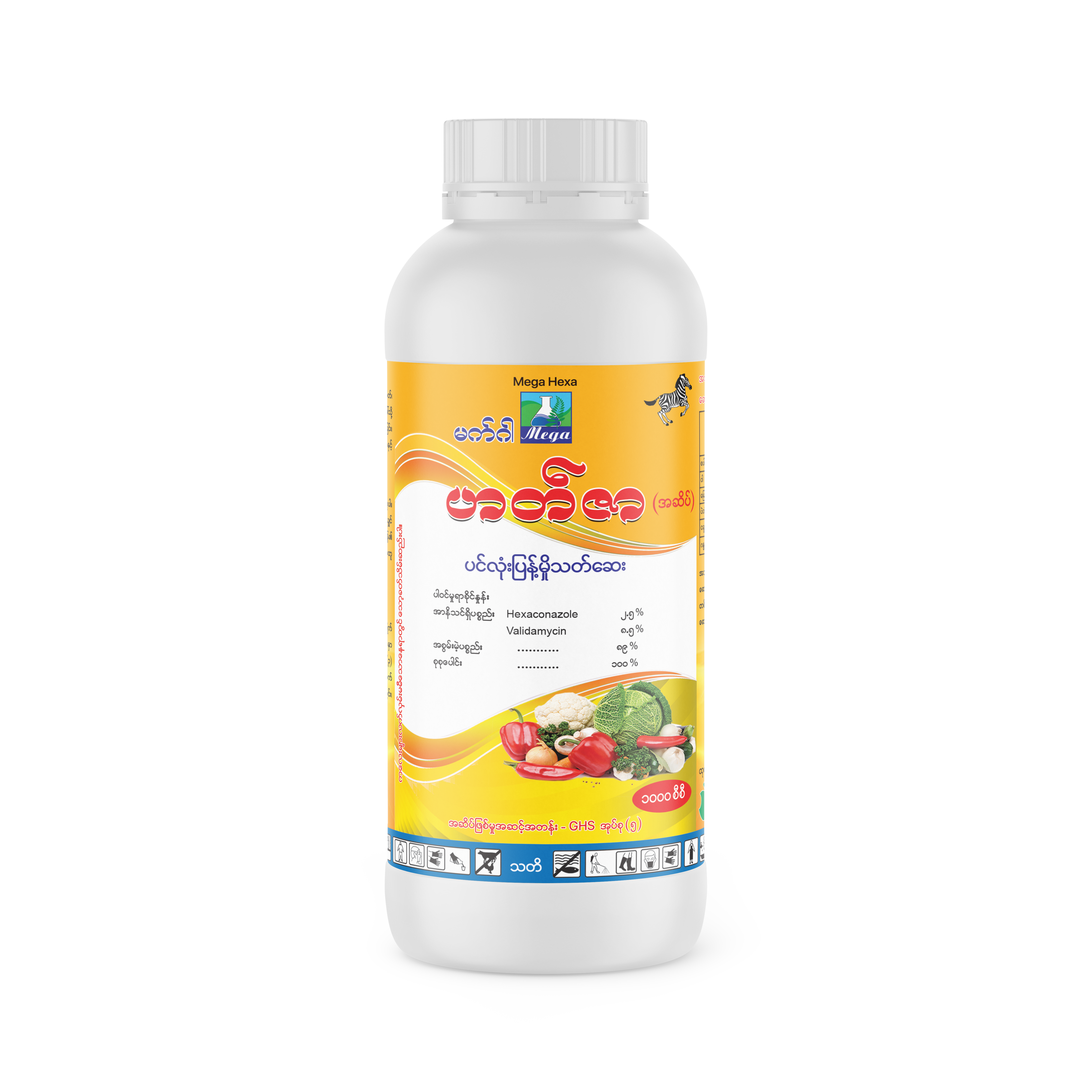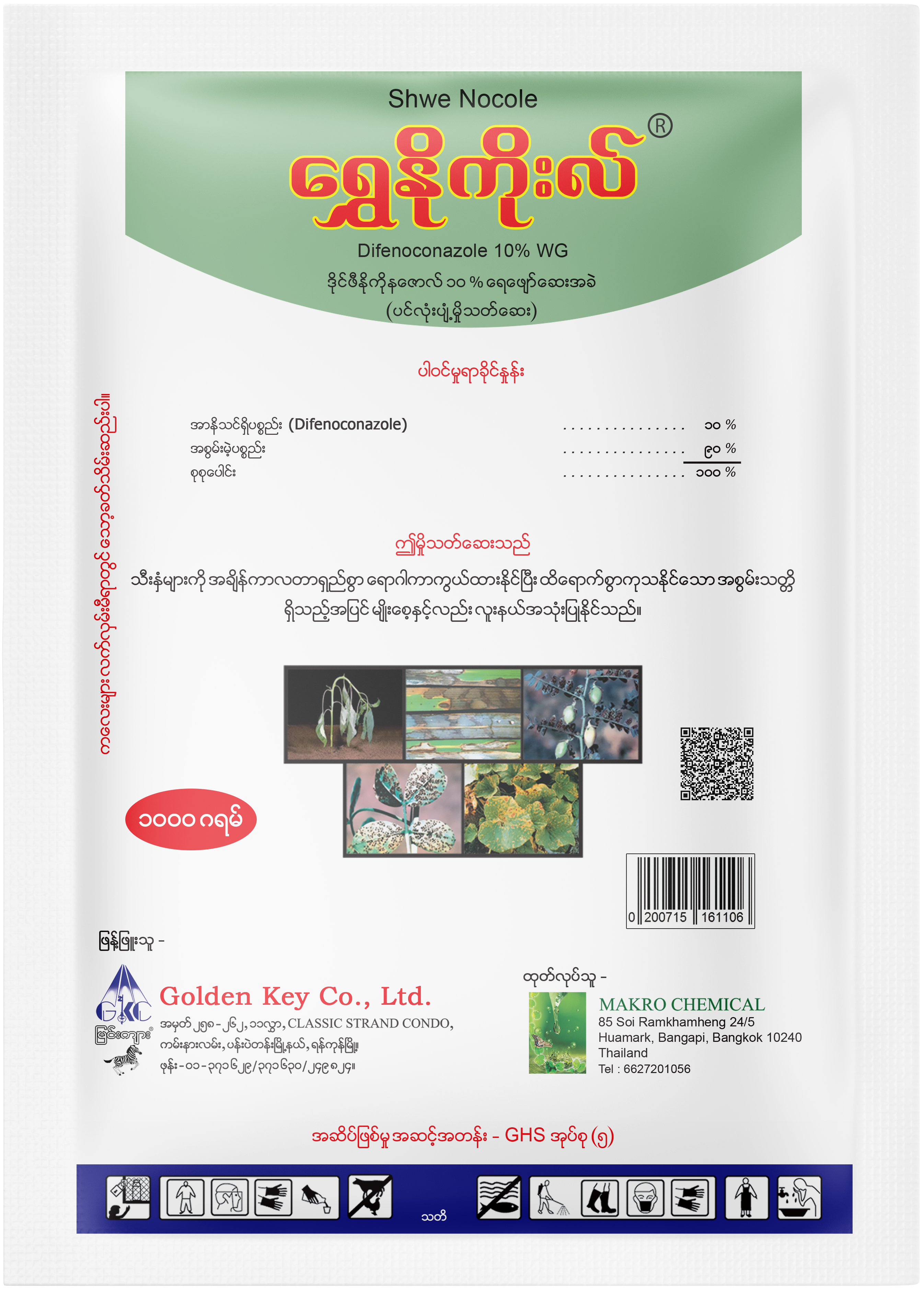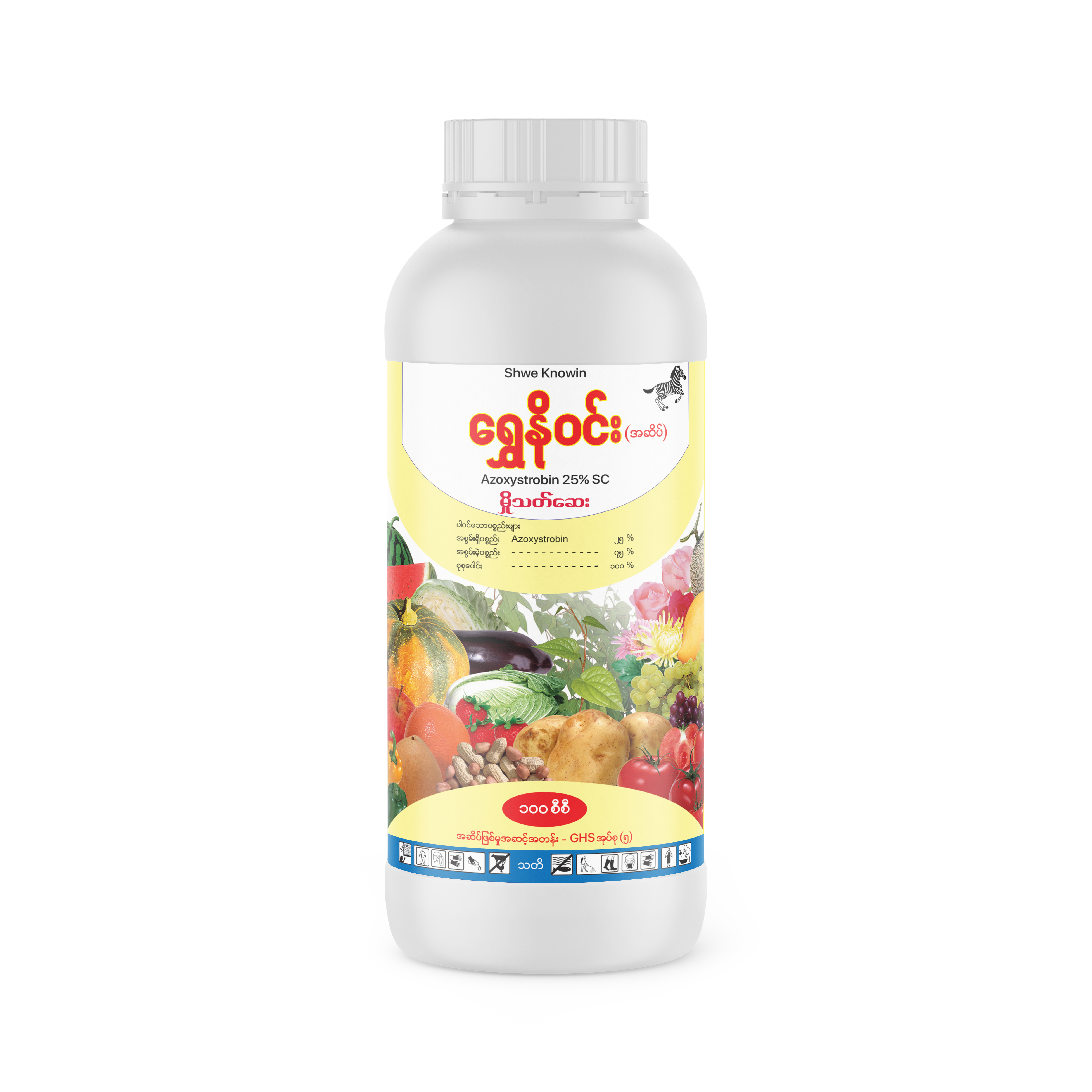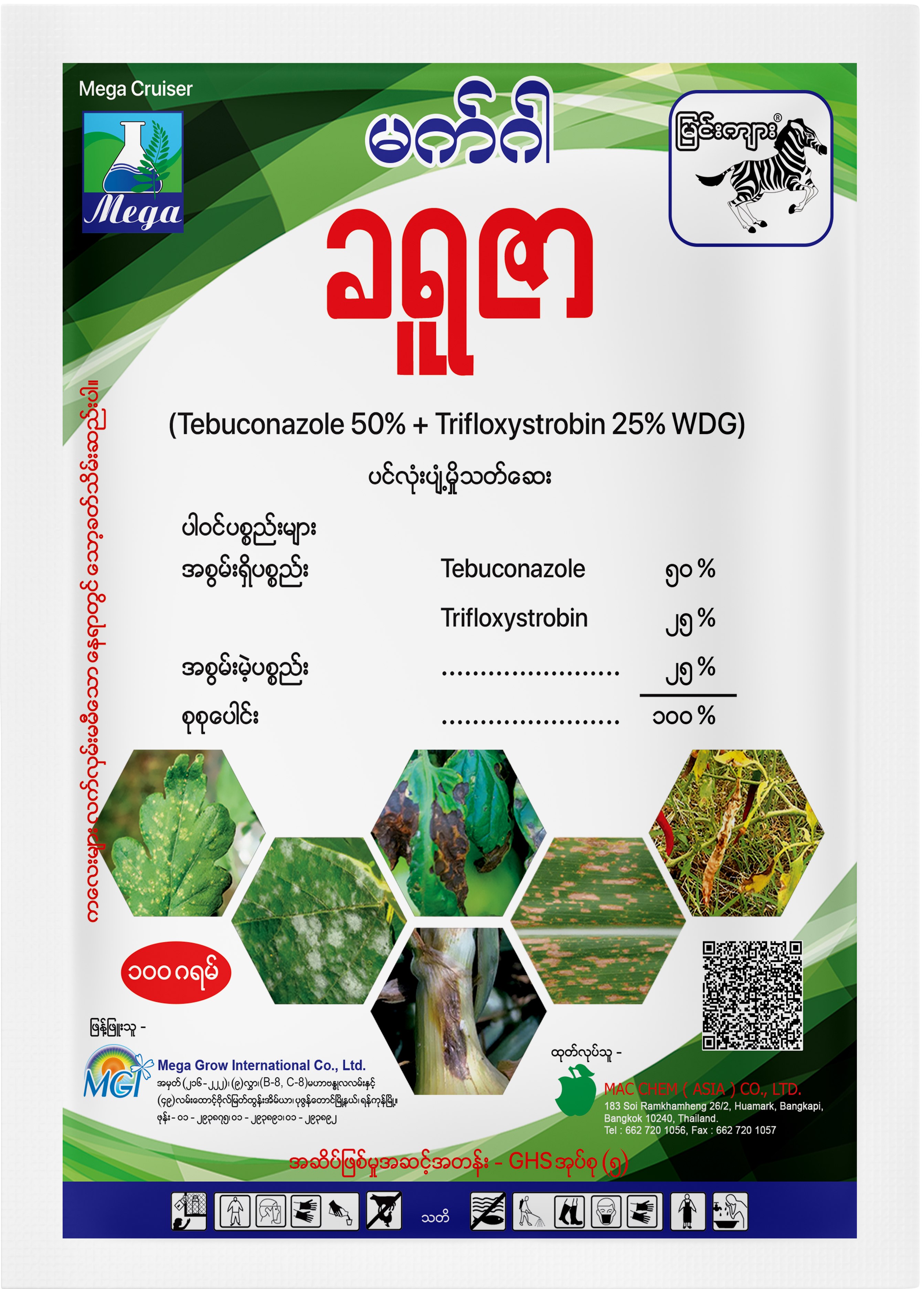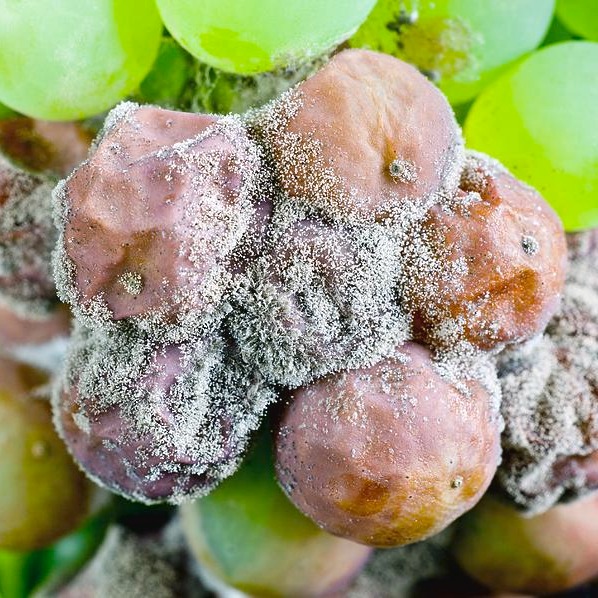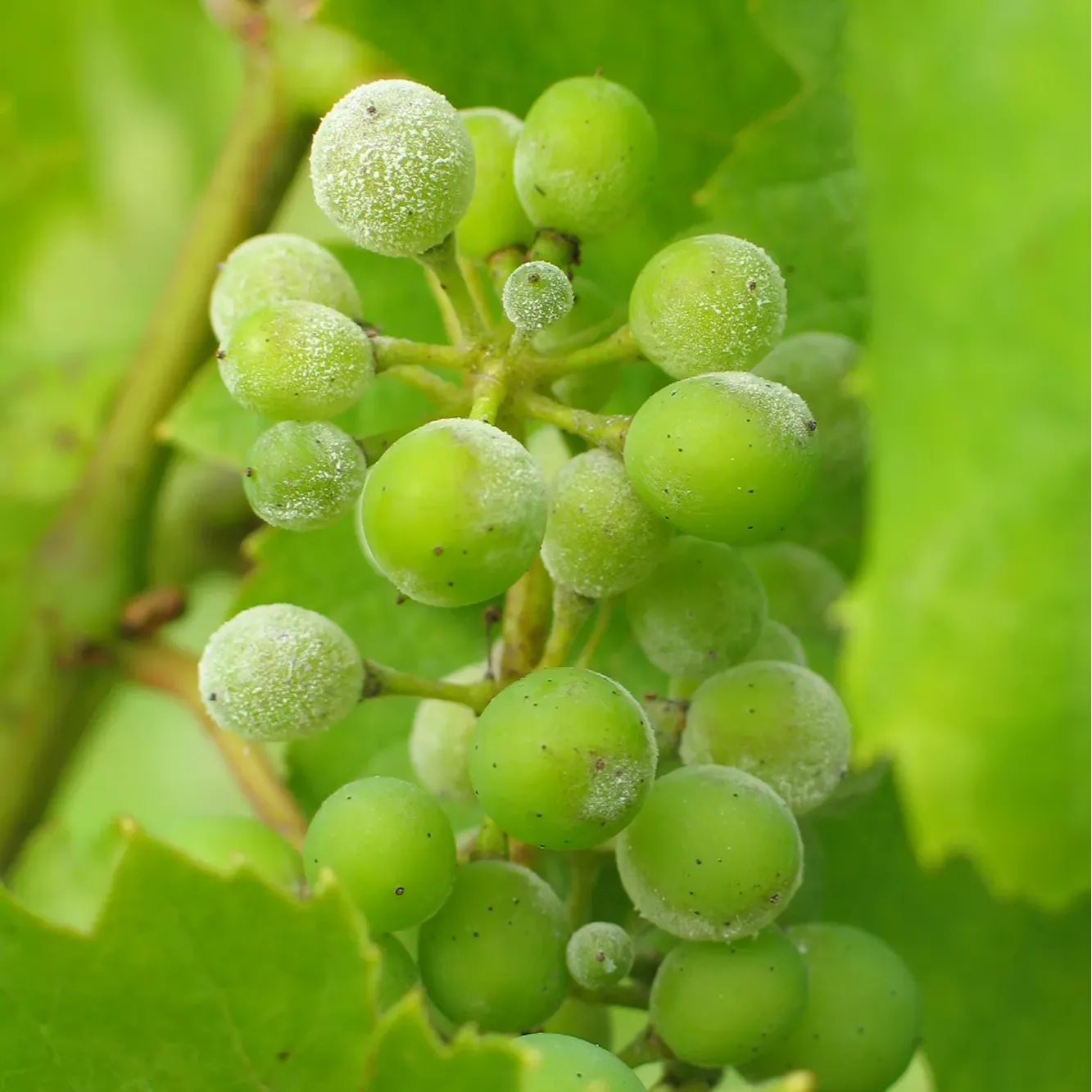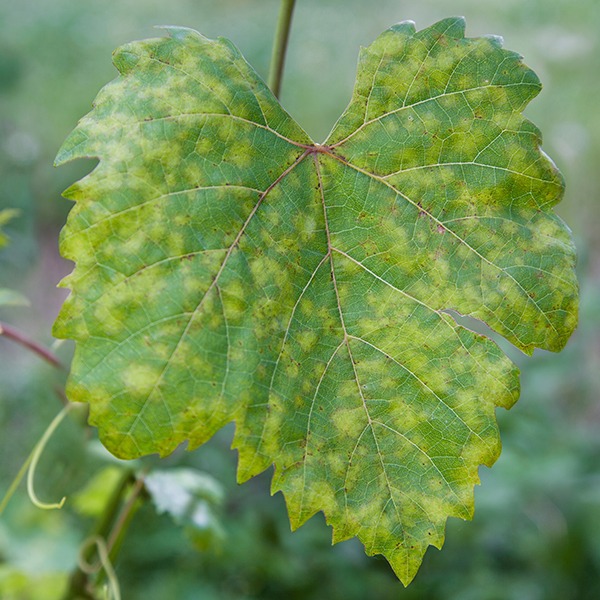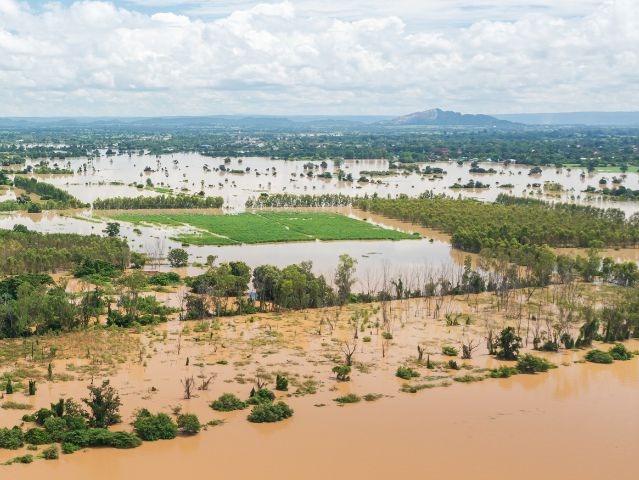Anthracnose
Symptom
The earliest symptoms of this disease appear as reddish-brown spots on young grape leaves as well as on tender shoots. These spots gradually enlarge and may coalesce, causing the leaves to lose their natural green color and turn pale yellow. Young leaves then begin to curl downward. The infection spreads very rapidly, and within 3–4 days an entire leaf may become necrotic and dry out. When the disease attacks shoots and rachis, the affected tissues become sunken, leading to distorted shoot growth. The shoots cease elongation and remain stunted. The lesions are irregular in shape, and their margins gradually change from purplish to dark brown before finally becoming necrotic. On grapes, the disease produces sunken, grayish lesions. As these spots mature, their margins turn black, often resembling a bird’s eye. If fungicides are applied at an early stage, lesion expansion is arrested, and the affected tissue stops spreading, leaving behind small, shot-hole–like spots with dried, shredded margins. The causal fungus is also capable of surviving on parts of mango trees, which act as alternate hosts. Therefore, planting mango trees in or around vineyards is not recommended.


